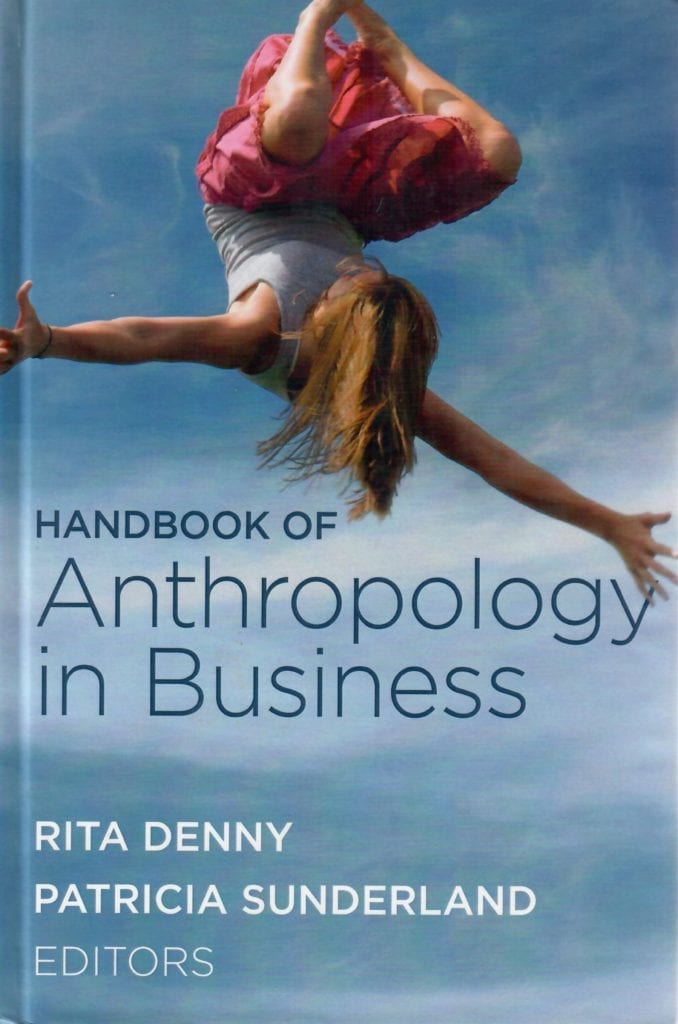Online world of field studies

Webnography and Netnography are ethnographic methods focused on the online world. Webnography examines the cultural tropes, framings, meanings, and practices that surround a particular product, category, brand, or topic of interest. For instance, the topic might be “breakfast” and the research would examine the ways that breakfast is culturally constituted online, looking at ways that breakfast is discussed and defined as well as at the salient surrounding practices presented online. A special eye would be given to the terrain of change and contestation, in other words, how is breakfast potentially changing in today’s world?
Brand websites, social media, and discussion forums are among the sites included in the analysis, examining both text and imagery with a semiotic eye attuned to the ethnographic realities of online life in today’s world. In the analysis, there is a focus on the way language is used. What metaphors and ways of speaking frame the terrain and what types of linguistic registers and words are typically used? Is the speech parental or peer? Serious or comedic? Exclusive or inclusive? Scholarly or street? Or something else? Beyond language, what kinds of fonts and colors are used? What kinds of images and audio are used and how are they presented? The assumption is that all of these semantic and semiotic cues communicate meaning and the task of the Webnographic analysis is to deconstruct the codes as part of the overall analysis.
Netnography, a term coined by Robert Kozinets in the late 1990s, involves an interactive ethnographic investigation of online cultures and communities. Developed on the model of ethnographic research in the offline world, Netnography refers to the principled, ethically transparent process of conducting participant observation research within online communities. Observation and cultural analysis of online activities and communications are achieved by the immersion of the researcher within the community. Cultural insight is also gathered from interviews and interactions with community members and is combined with cultural analysis of the communicative frames and codes. In recent years, quantitative and computational techniques have been added to the qualitative participant observation, allowing for robust sample sizes and a merging of qualitative and quantitative methodological strengths.
Given the amount of time people currently spend online as well as the influence that the online environment has on everyday life, Webnography and Netnography have become exceedingly fruitful research methodologies in the human and social sciences and for industry, aiding our understanding of the cultural worlds of customers, consumers, product and service categories, as well as specific brands and initiatives.
Patricia Sunderland, Cultural Research & Analysis, Inc.
Patti@CRAstudio.com